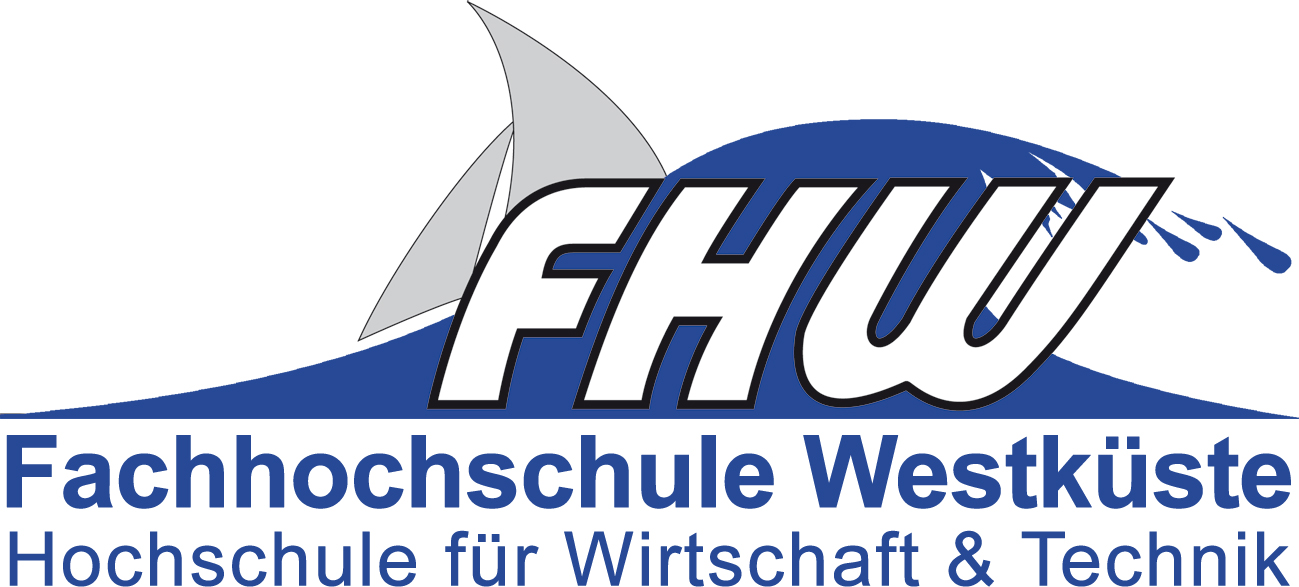|
Mo 11.45-15.30 h
S 11
4 SWS Course
Prüfungsleistung: Intermediate and Final
Presentation
Structure of Course:
Oct: Introduction, Global Tourism
Nov: China vs. other Emerging Markets /
Intermediate Results
Dec: Special markets / Final Results
Emerging Markets include:
China
Russia
India
Brasil
South Africa
Indonesia
Thailand
Singapore
GCC (Bahrain, Kuwait,
Oman, Qatar, Saudi Arabia and UAE)
South Korea
WTTC Country Reports:
https://www.wttc.org/economic-impact/country-analysis/country-reports/
|
|
1.10.
|
Who we are, Goals of
the Course, Shared World Map
https://mapchart.net/world.html
Introduction Global Tourism
vs. Tourism to Germany
UNWTO 2018
DZT 2018
DZT 2030
|
|
|
|
|
|
|
8.10.
|
Emerging Tourism Markets
Emerging Markets Intro - Selection of one country per
student
|
|
|
15.10.
|
Global
Tourism Development
Feedback from first
information search/methods
|
| |
22.10.
|
NO CLASSSES, INSTEAD NOV. 24 |
|
|
29.10.
|
Intercultural Differences in Tourism Behaviour
Individual feedback students assignment
|
|
|
5.11.
|
NO CLASSSES, INSTEAD NOV.
24
|
|
|
|
|
|
|
12.11.
|
Emerging
Source Market China
Individual
feedback students assignment
|
|
|
19.11. |
NO CLASSSES, INSTEAD DEC.
15 |
|
|
24.11.
8.15-17.15 h |
Emerging Market China Intensive Workshop |
|
|
26.11. |
Intermediate Presentations students
assignment
|
|
|
3.12. |
Emerging Investment Source Market China
Emerging markets and Responsible Tourism
|
|
|
10.12.
|
Overtourism and Emerging markets
Individual feedback students
assignment
|
| |
15.12.
8.15-17.15 h |
Final Presentations students assignment |
|
|
17.12.
|
Summary, Outlook |
Global Tourism Development
WEF The Travel &
Tourism Competitiveness Report 2017
MICEReport2017
EU Tourism Trends 2018
-----------------
Global Tourism Development
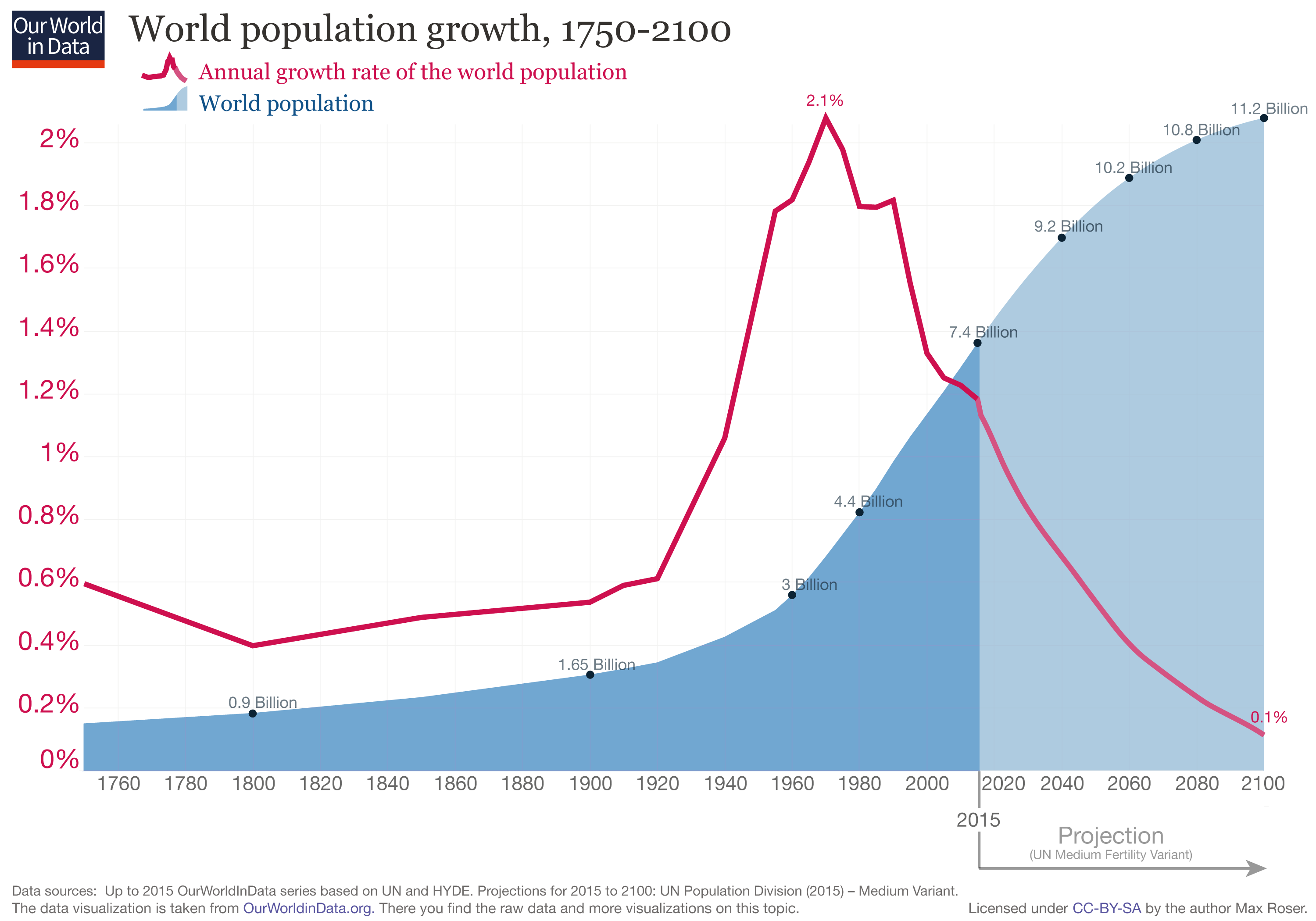

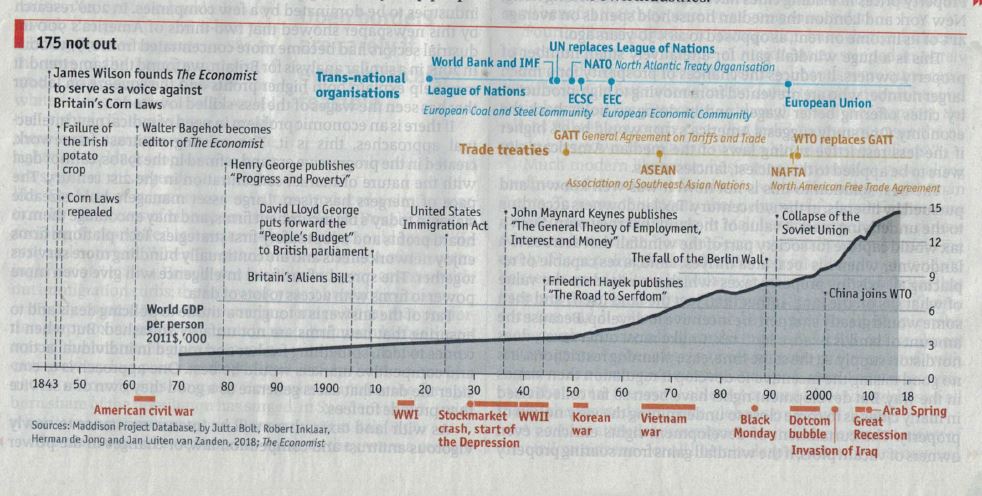
Source: The Economist 2018, Sept 13 A
manifesto for renewing liberalism
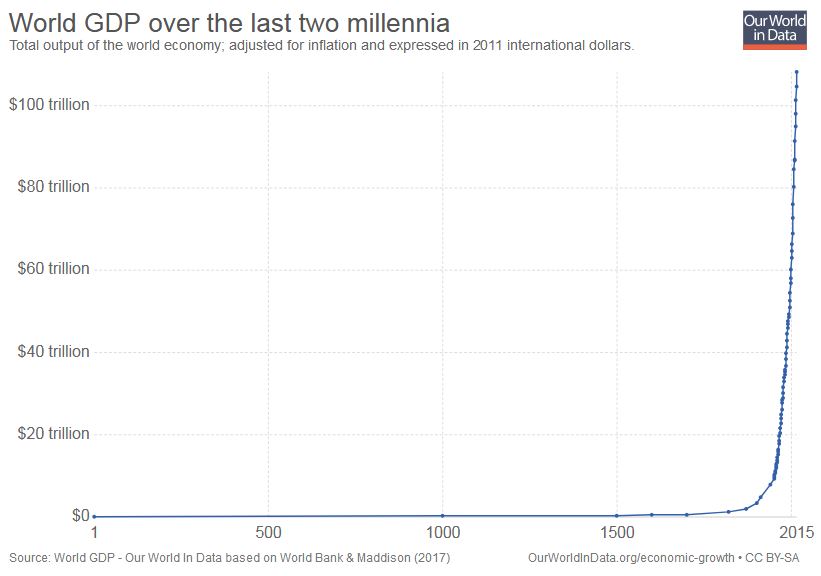
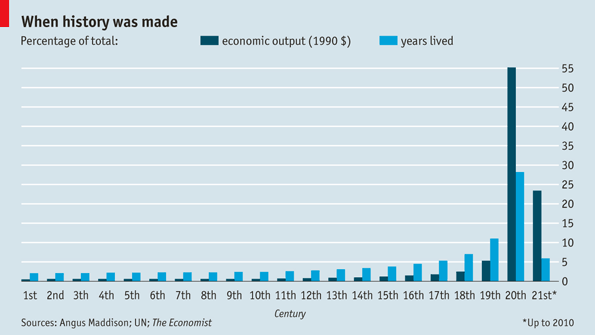
Global
development of tourism and work in tourism
pre-modern -> modern
-> post-modern
Discovery -> Acquisition -> Invention
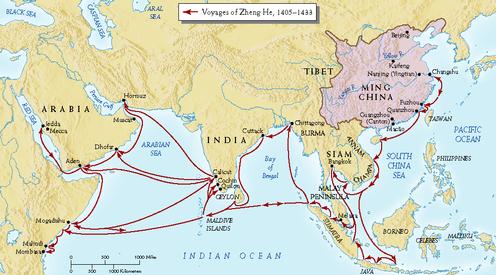 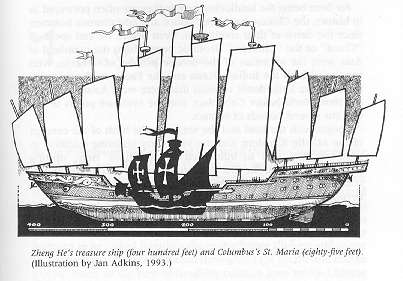
 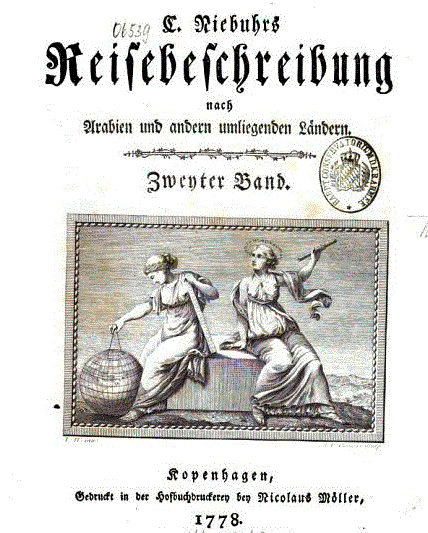

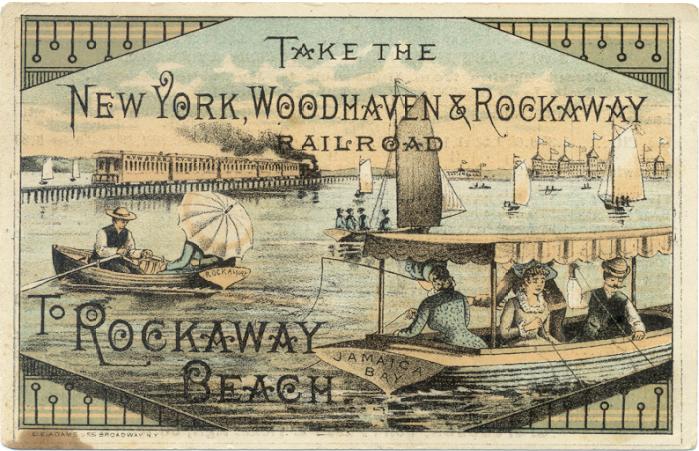



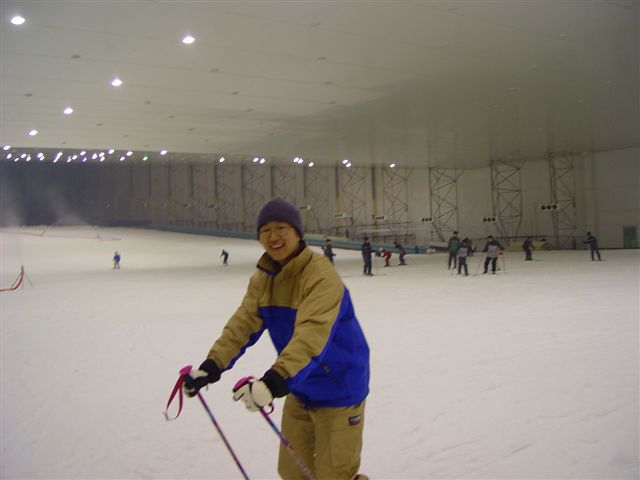
|
|
|
pre-modern
(up to 18th c.)
|
modern
(19-20th c.)
|
post-modern
(21st c.)
|
|
|
"Discovery"
|
"Acquisition"
|
"Invention"
|
|
Who is travelling?
|
few
very rich;
adventurers, traders
|
growing numbers,
rich people plus
- Europe / North America:
middle classes (19th
c.)
working classes (20th c.)
- Asia / South
America:
middle classes (21th c.)
|
Almost
everybody (app. 4 out 7 billion)
People are host and
guest at different times
|
|
Motivation
|
Discovery,
Distinction
|
Acquisition,
Relaxation
|
Invention,
Experience
|
|
Impact on
destination
|
physically minimal
culturally medium
|
new infrastructure,
touristification
impact also on source region
|
glocalisation of
destinations
invention of
artificial places
|
|
Development of
tourism Industry
|
almost not existing
|
strong growth
|
diversification
|
|
Duration
|
long time
(months, years)
|
medium length
(weeks, months)
|
short (days) or long
(years)
|
|
Relation to daily
life
|
Travel part of life
|
Clear split between
working time and leisure time/tourism
|
Travel part of life
|
|
Consequences for
jobs in tourism
|
Almost no specific
jobs in travel and tourism
|
Development of
specific jobs, mostly organisation of travel and
sightseeing
|
Diversification and
segmentation of markets. Development of complex
labour market and job structure
|
|
Traveller bring
their own HRM infrastructure
Minimum specialisation
Travel and Tourism
as working field not existing (no guilds, etc.)
Already bad image
(Wirtshaus connected to crime and vice)
|
Specific
infrastructure and purpose-build structures
developed
Traveller grow in
numbers, but clear differentiation between top and
bottom market, no middle market before app. 1970s
Beginning
internationalisation of workforce
|
Almost everybody
plays both roles of host and guest at different
times Tourism globally important economic factor
High specialisation
of products and diversification of jobs
Strong
internationalisation of workforce
|
|
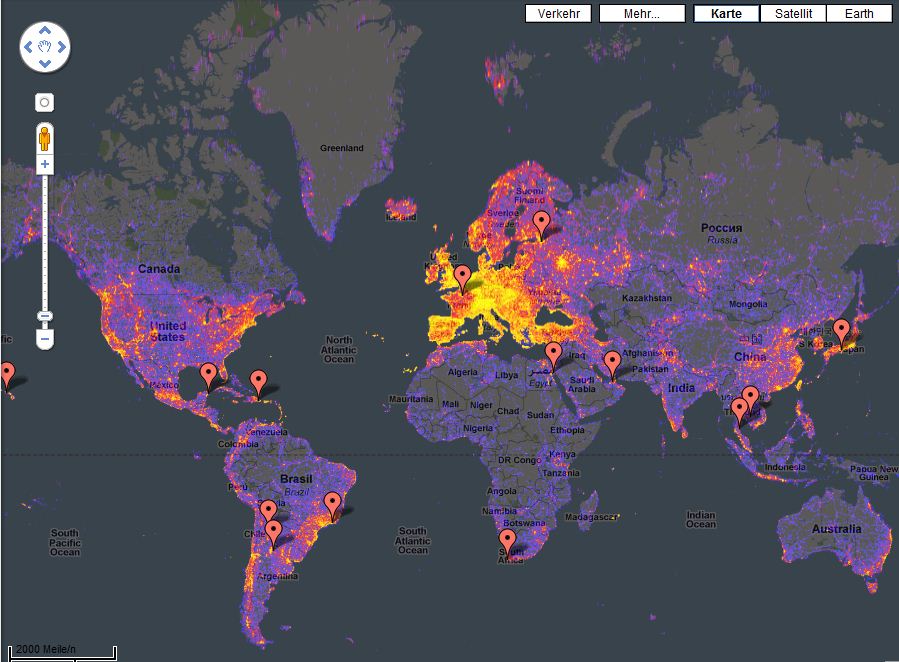
World touristiness map: World map color-coded
by level of touristiness, based on analysis of photos on
Panoramio.
Yellow
indicates high touristiness,
red
medium touristiness, and
blue
low touristiness. Areas having no Panoramio photos at all are
grey. The analysis takes into account how many photos and by how
many authors there are in a given area.
https://www.scmp.com/lifestyle/travel-leisure/article/2166021/golden-week-china-incredible-numbers-behind-largest-human


Selecting Emerging markets: What do we want to find out?
Economic base
Social base
Development
Differences in travel purposes, travel forms, travel behaviour,
travel expectations etc.
Global importance
Outlook
And?
Selecting Emerging markets: First feedback looking for information /
structuring research
|
